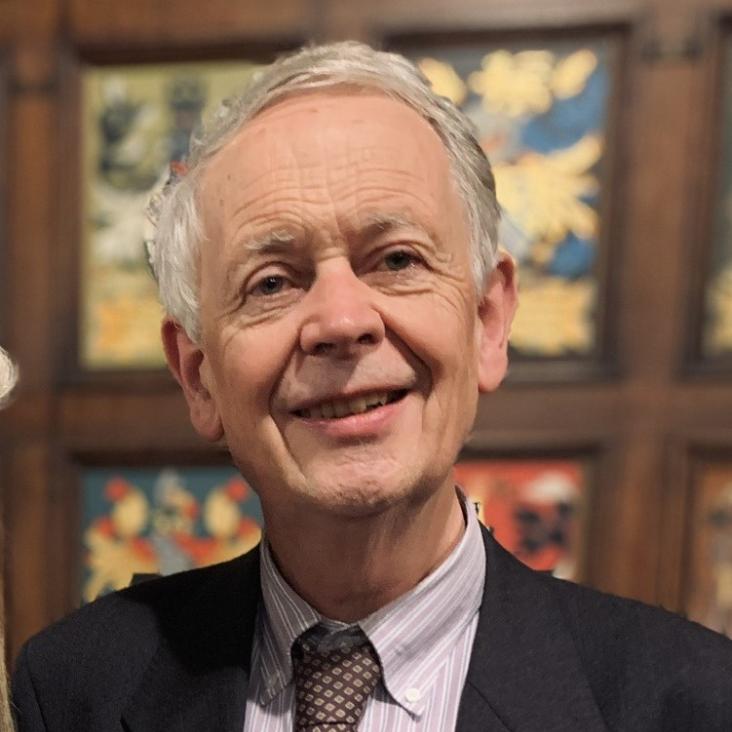Two-body relaxation in cosmological simulations
Monthly Notices of the Royal Astronomical Society 333:2 (2002) 378-382
Abstract:
It is logically possible that early two-body relaxation in simulations of cosmological clustering influences the final structure of massive clusters. Convergence studies in which mass and spatial resolution are simultaneously increased cannot eliminate this possibility. We test the importance of two-body relaxation in cosmological simulations with simulations in which there are two species of particles. The cases of two mass ratios, √2:1 and 4:1, are investigated. Simulations are run with both a spatially fixed softening length and adaptive softening using the publicly available codes GADGET and MLAPM, respectively. The effects of two-body relaxation are detected in both the density profiles of haloes and the mass function of haloes. The effects are more pronounced with a fixed softening length, but even in this case they are not so large as to suggest that results obtained with one mass species are significantly affected by two-body relaxation. The simulations that use adaptive softening are less affected by two-body relaxation and produce slightly higher central densities in the largest haloes. They run about three times faster than the simulations that use a fixed softening length.Observable consequences of cold clouds as dark matter
Monthly Notices of the Royal Astronomical Society 332:2 (2002)
Abstract:
Cold, dense clouds of gas have been proposed to explain the dark matter in Galactic haloes, and have also been invoked in the Galactic disc as an explanation for the excess faint submillimetre sources detected by SCUBA. Even if their dust-to-gas ratio is only a small percentage of that in conventional gas clouds, these dense systems would be opaque to visible radiation. We examine the possibility that the data sets of microlensing experiments searching for massive compact halo objects can also be used to search for occultation signatures by such clouds. We compute the rate and time-scale distribution of stellar transits by clouds in the Galactic disc and halo. We find that, for cloud parameters typically advocated by theoretical models, thousands of transit events should already exist within microlensing survey data sets. We examine the seasonal modulation in the rate caused by the Earth's orbital motion and find it provides an excellent probe of whether detected clouds are of disc or halo origin.Observable consequences of cold clouds as dark matter
ArXiv astro-ph/0201152 (2002)
Abstract:
Cold, dense clouds of gas have been proposed as baryonic candidates for the dark matter in Galactic haloes, and have also been invoked in the Galactic disc as an explanation for the excess faint sub-mm sources detected by SCUBA. Even if their dust-to-gas ratio is only a small percentage of that in conventional gas clouds, these dense systems would be opaque to visible radiation. This presents the possibility of detecting them by looking for occultations of background stars. We examine the possibility that the data sets of microlensing experiments searching for massive compact halo objects can also be used to search for occultation signatures by cold clouds. We compute the rate and timescale distribution of stellar transits by clouds in the Galactic disc and halo. We find that, for cloud parameters typically advocated by theoretical models, thousands of transit events should already exist within microlensing survey data sets. We examine the seasonal modulation in the rate caused by the Earth's orbital motion and find it provides an excellent probe of whether detected clouds are of disc or halo origin.AGN and cooling flows
ASTR SOC P 250 (2002) 481-486
Abstract:
For two decades the steady-state cooling-flow model has dominated-the literature of cluster and elliptical-galaxy X-ray sources. For ten years this model has been in severe difficulty from a theoretical point of view, and it is now coming under increasing pressure observationally A small number of enthusiasts have argued for a radically different interpretation of the data, but had little impacton prevailing opinion be-causeAhe unsteady heating picture that they-advocate is extremely hard to work out in detail. Here I explain why it is difficult to extract robust observational predictions from the heating picture. Major problems include the variability of the sources, the different ways in which a bi-polar flow can impact on X-ray emission, the weakness of synchrotron emission from sub-relativistic flows, and the sensitivity of synchrotron emission to a magnetic field that is probably highly localized.Cuspy dark matter haloes and the Galaxy
Monthly Notices of the Royal Astronomical Society 327 (2001) L27-L31


